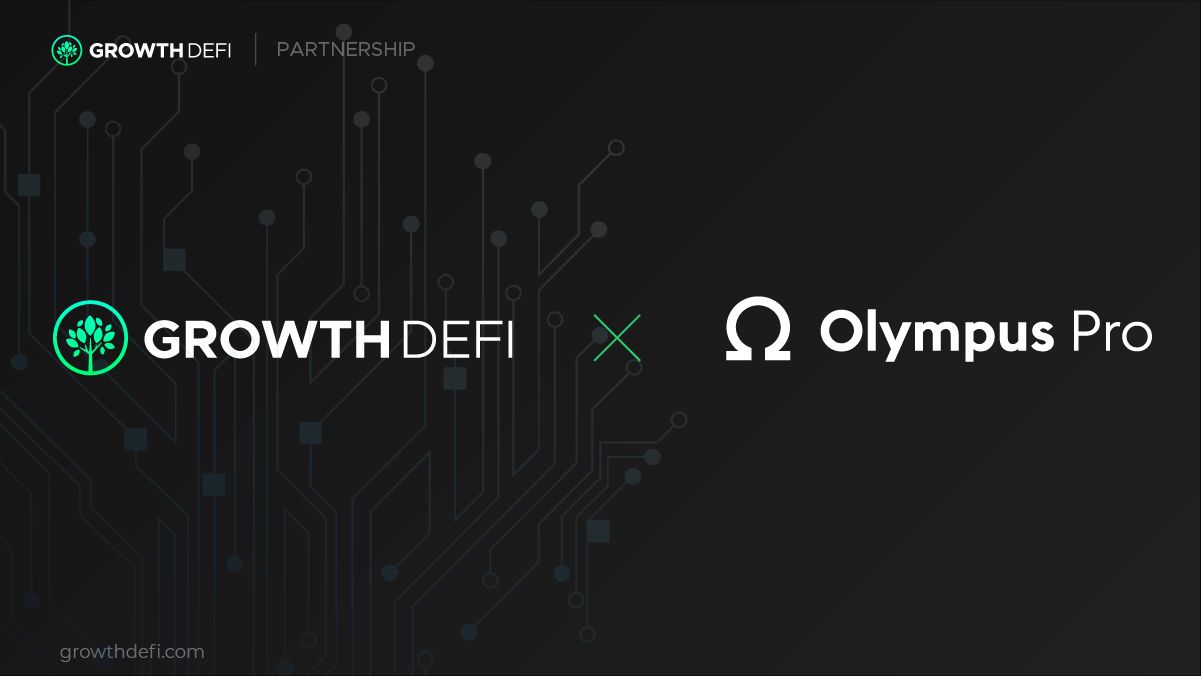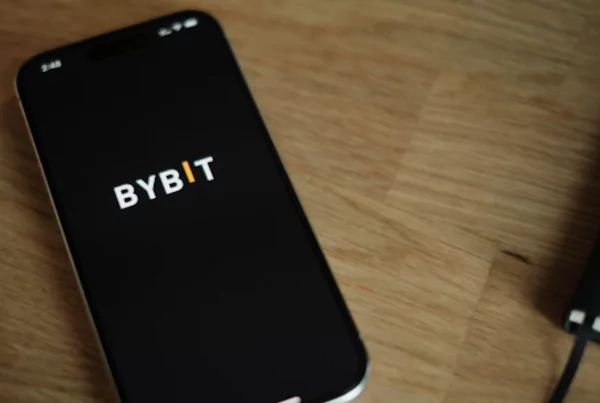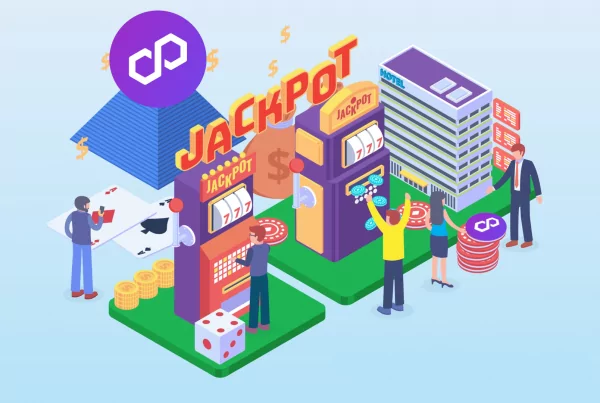
Since the launch of Growth DeFi on Avalanche, the platform has seen tremendous growth and welcomed new users. Growth DeFi is mainly a DeFi cross-chain farming protocol created to allow capital efficiency and help investors compound their returns with various products.
Growth Defi announced that they have partnered with Olympus DAO to be part of the first Olympus Pro Avalanche Cohort. They are incorporating Bonds into their ecosystem. In simple words, what Bonds does is link protocols with buyers. Suppose the protocol is concerned about getting a specific asset such as LPs (Liquidity provider tokens). At the same time, the bond buyer is interested in buying the protocol tokens at a bit of discount compared to the market price. It would help improve the cost basis in the long term. Unlike the protocol selling its token directly to the market, it would harm the price.
In the same way, if the buyer instantly arbitrages the discount, it would cause the same impact on the market price. Because of this reason, Bonds introduced lockup or vesting. This process ensures that buyers can’t arbitrage the price. Protocols can now get liquidity tokens, and buyers can get their tokens at a discount without affecting the market. Bonds are created to replace constant emissions to incentivize Liquidity Providers that dilute token holders and entirely own token’s liquidity. Why are they adding this feature? Growth DeFi has decided to owe its own liquidity instead of renting and paying incentives to external LPs to stay. There are many benefits to this though
1. There is more liquidity for buying and selling GRO and WHEAT
2. The sell pressure from LP farms are reduced
3. There is more MOR in circulation
4. More Profits from swap fees
5. There is liquidity no matter the market conditions
GRO and WHEAT Bonds
GRO DAO has a treasury holding of about 150,000 GRO. Since GRO is a deflationary token, it doesn’t have any emissions. So, the treasury can be used for different purposes. Still, the major purpose is to acquire GRO/MOR LPs starting with GRO/MOR TraderJoe LP tokens on the Avalanche network. Bond buyers can buy GRO with their GRO/MOR JLPs. Most of the 15,000 GRO will be changed into liquidity across different chains throughout the coming months and over the years.
Once DAO-owned liquidity increases, there would be no need to incentivize pairs like GRO/AVAX anymore. With that, emissions can now be redirected towards increasing the rewards of staking WHEAT AutoCompound and govGRO staking, making it a win-win situation for both. The swap fees received from Lps locked by the protocol will also help in increasing GROs revenues.
Wheat can combine bonds with its EBCs (Exponential Buyback Collectors) because of its unique position. Bonds will allow WHEAT to acquire any asset, set aside the asset into an EBC with a tailored strategy, and use the yield to repurchase WHEAT. The Bond starts simply on Avalanche and then evolves. The first month of it going live, buyers will be able to provide MOR/AVAX JLPs or WHEAT/MOR JLPs. The majority of the bonds will be towards accumulating more WHEAT/MOR liquidity.
As soon as there is enough WHEAT/MOR liquidity in the pool, there would be no incentive on WHEAT/AVAX anymore. Instead, the incentives would be moved to WHEAT Autocompound pools to almost double its staking rewards. With the huge WHEAT/MOR liquidity position, the protocol will eat up any dips with its liquidity and may even profit from it through swap fees. WHEAT future is not going to stop at acquiring WHEAT/MOR and MOR/AVAX liquidity. It will also allow the protocol to boost its existing EBC holdings and increase WHEAT burn rate.
Growth DeFi also launched on Avalanche with a new hybrid bridge system for their incentives token $WHEAT and a self-repaying loan feature for their stable coin $MOR. MOR is an overcollateralized stable coin that is running on Avalanche. It permits users to deposit collaterals like xJOE that earn yield and then borrow MOR at a favourable rate which means users get paid a percentage on their debt to borrow MOR.
There are different strategies to maximize your yield on Avalanche with MOR & WHEAT; however, we would only focus on maximizing without using leverage. For you to do this, you need to visit the xJOE borrow page on MOR. Once you are on the page, input how much xJOE you would like to deposit and the amount of MOR you want to borrow alongside. Done with that? You also need to sign these three transactions:
- Setup proxy
- Enable Collateral
- Open Vault
Since you now have MOR in your wallet, you can stake it in WHEAT (Avalanche) and start farming. When the price of JOE increases, so does your collateral ratio, which means you can mint/borrow more MOR to stake in WHEAT and earn larger returns. Also, when the price of JOE decreases, your collateral ratio decreases. Still, you can reduce this liquidity risk by unstaking some of your MOR in WHEAT to repay your debt. With this effective strategy, you can maximize the yield on your xJOE using MOR.



